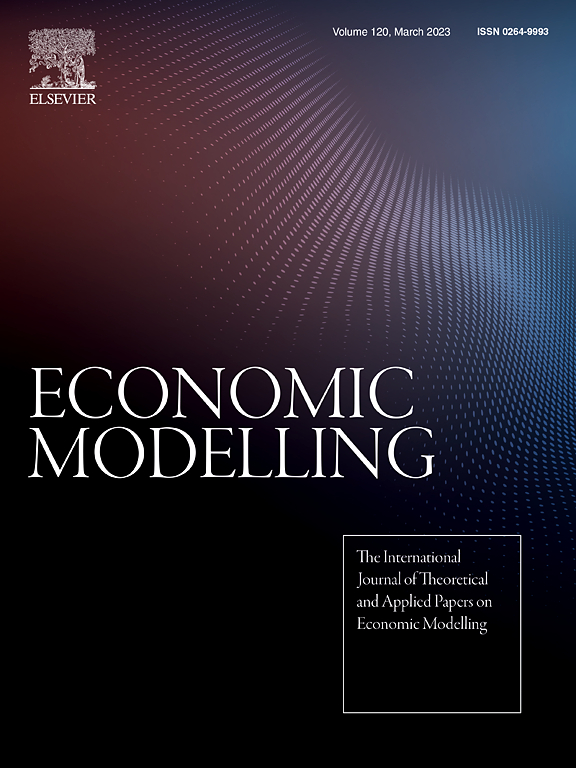
Lo más reciente
The paper provides some evidence on the relevance of global uncertainty and risk aversion and the lesser importance of US interest rates for the global financial and business cycles. As framework, we use a global semi-structural model augmented with financial and trade interlinkages. Financial interlinkages are modelled with proposed global uncertainty, global risk aversion and global financial cycle channels. Trade interlinkages are modelled with proposed value-chain trade equations. We find that global uncertainty and global risk aversion are, by far, the main volatility factors in all economies. Other volatility factors such as US interest rates, foreign interest rates and trade-related factors rarely explain shares of forecast error variance above one percent.
